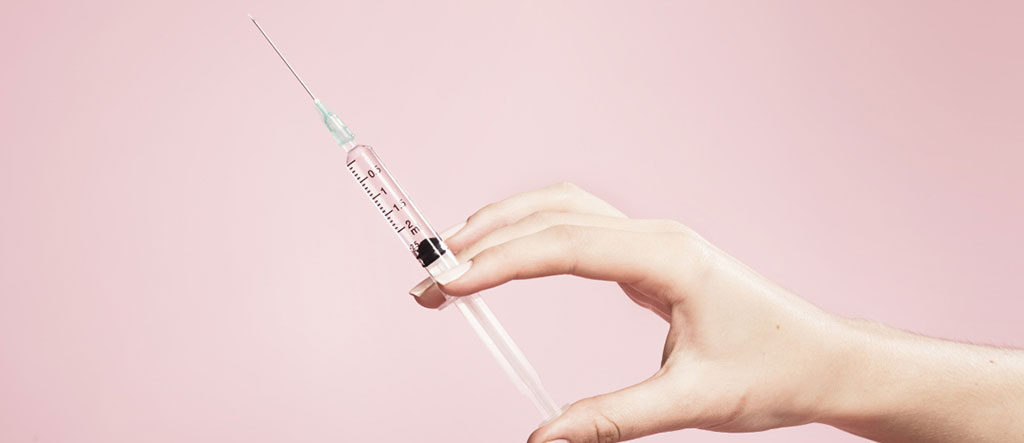
Vaccines help healthy people to continue living in a healthy way. Unlike most drugs that treat or ameliorate the disease, vaccines prevent disease. Vaccines formulate this inhibitory effect, described as immunization, by mimicking infection. In order to achieve this imitation ability, they contain microbes or various parts of these microbes that cause disease and thus infection. There are 5 types of vaccine groups:
Live, attenuated vaccines: These vaccines, which fight against viruses, include the attenuated part of the live virus, so that the immune system does not cause serious illness in healthy individuals. Examples of such vaccines are measles, mumps, rubella vaccine (MMR), chickenpox vaccine and rotavirus vaccine. Inactive (inactive) vaccines: These vaccines, which are also preventive against viruses, are prepared by inactivating or killing the virus. Inactive polio vaccine is an example of these vaccines. They produce a different immune response than live vaccines. Usually more than one dose is required to create immunity or to preserve immunity.
Toksoid vaccines: Prevents diseases caused by bacteria that form toxins in the body. In preparing these vaccines, toxins are weakened in a way that does not cause disease. These attenuated toxins are called toxoid. DTaP vaccine including diphtheria and tetanus toxoids is an example of such vaccines.
Subunit vaccines: Vaccines containing only some parts of the microbe, not all of them. Because they contain only the part of the immune response (antigen), they cause less side effects. The pertussis portion of the DTaP vaccine and the influenza vaccine are examples of these vaccines. Conjugate vaccines: fight against bacteria of a different type. Apart from some bacteria, there is an outer layer that changes the perception of antigens and makes it difficult for the immature immune system to respond as in small children. Conjugated vaccines bind antigens with these substances, called polysaccharides, to which the immune system responds very well. Thus, the immature immune system responds quickly to this layer. The Haemophilus influenzae type B vaccine (Hib) is an example of such vaccines.
Vaccines protect people against diseases in many different ways. They help to protect public health by covering almost the entire population, from small babies to children, from elderly people with serious illnesses to pregnant women, from adults to individuals traveling to special areas.





